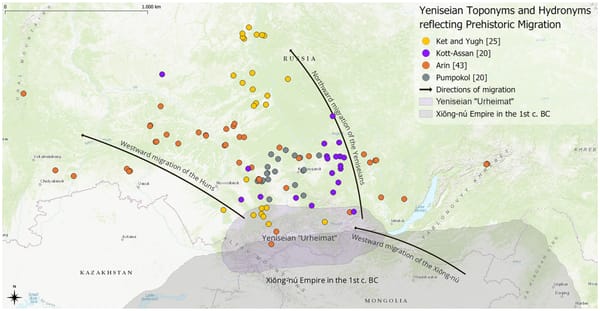
Current Linguistics
Who are better programmers—language nerds or math geeks? Can we identify extroverts by the language they use? Did the Huns speak a Yeniseian language?
Here’s what happened this week in language and linguistics.

Current Linguistics
Here’s what happened this week in language and linguistics.

Current Linguistics
Plus, can AI decode dead languages? And how do linguists reconstruct dead languages without AI? Here’s what happened this week in language and linguistics.
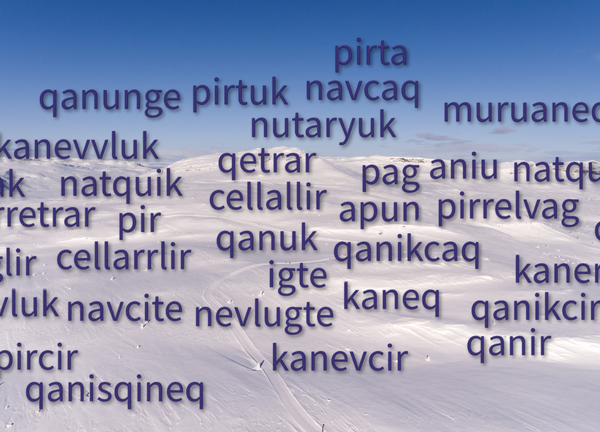
Newsletter
A new study shows that Inuit languages really do have more words for snow, but what does that tell us about language?

Current Linguistics
Here’s what happened this week in language and linguistics.

Current Linguistics
Here’s what happened this week in language and linguistics.

Current Linguistics
Here’s what happened this week in language and linguistics.

Newsletter
Also, here’s what Patroclus and Cleopatra have in common
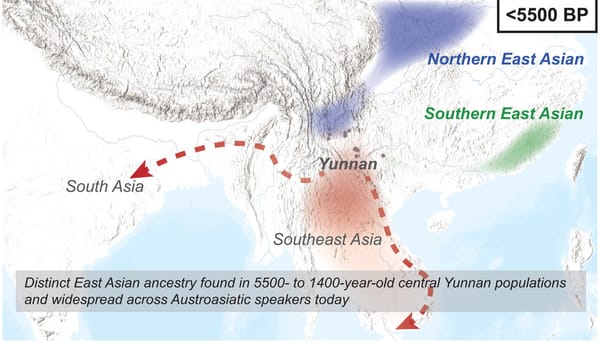
Current Linguistics
Here’s what happened this week in language and linguistics.

Current Linguistics
Here’s what happened this week in language and linguistics.
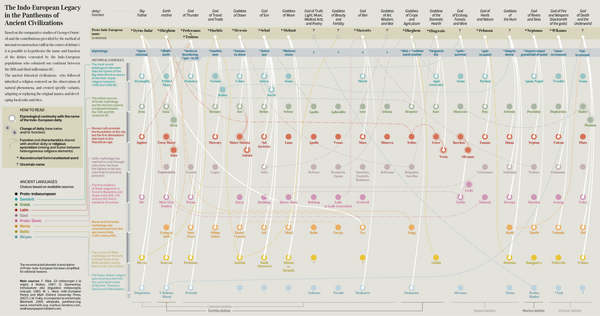
Current Linguistics
Here’s what happened this week in language and linguistics.
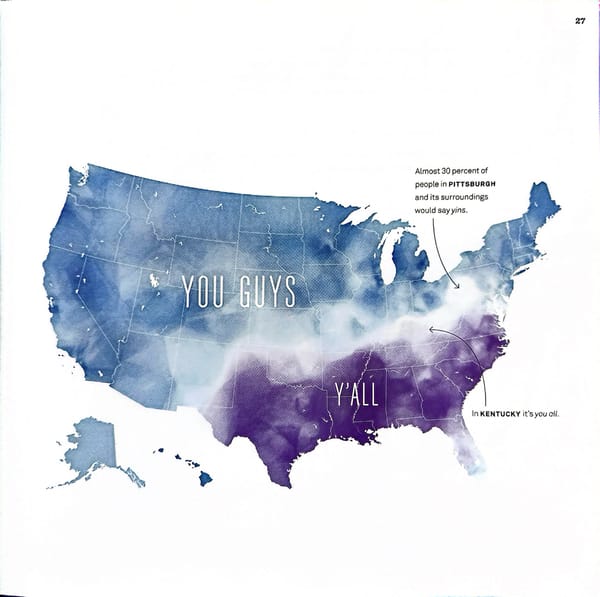
Newsletter
Why doesn’t English just have a plural “you” like other languages?

Newsletter
There are over thirty English words that derive from the Proto-Indo-European word for ‘one’. This is the story of how they came to be, and what that story teaches us about how language works.